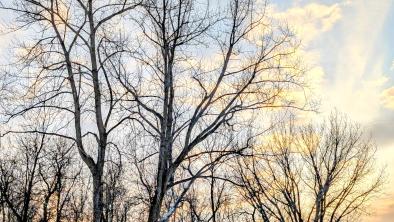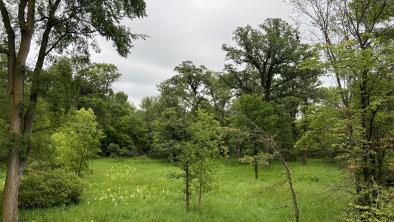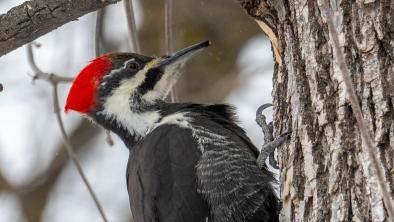Manitoba’s reindeer cousins need a safe winter home
December 4, 2014
Images of reindeer and snowy evergreens are a memorable part of our seasonal celebrations, and they’re springing up all around us right now. This leads me to think about our reindeer cousins right here in Manitoba – the woodland caribou – and my recent journeys this past summer into the caribou’s winter home.
With a fishing rod case slung over my shoulder, I bounced my mountain bike through the quad tracks across a creek south of Black River, just outside Nopiming Provincial Park. Slanting through the tall jack pines, the evening light brought warmth to the late-season blueberries and labrador tea. Well-worn granite, now colored with lichens, rose from the muskeg around me, and framed a picture-perfect boreal landscape.
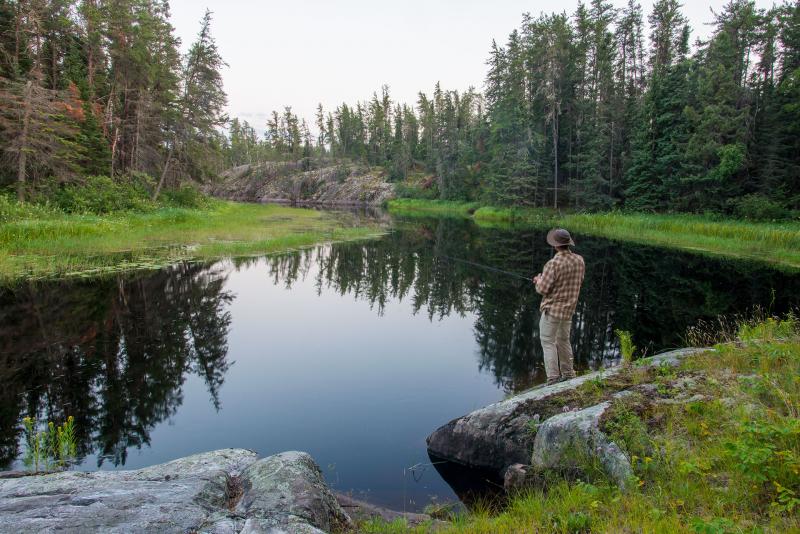
This was my second trek into the winter habitat of the Owl-Flintstone woodland caribou – the southernmost caribou range in Manitoba, and the most at risk. A canoe trip earlier in summer along the Moose River had brought me to similar stunning scenes of thriving interconnected wetlands, woods and plant colonies.
Woodland caribou are elusive and shy, preferring large older forests with plenty of lichens for food, and mossy wetlands to escape through when chased. Forests without trails and without development are the only forests caribou will utilize, so my treks into caribou habitat were long, human-powered off-road expeditions. Now that there are so few forests left without development, woodland caribou numbers are declining and the species is listed under both federal and provincial endangered species legislation.
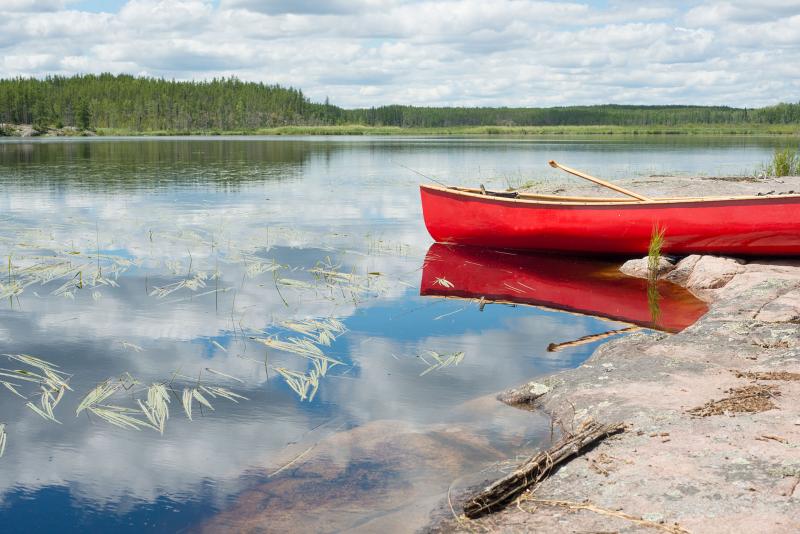
The Owl-Flintstone caribou have been wandering in and out of Nopiming Provincial Park since before the park was designated. The Nopiming Park entry sign displays an image of a caribou, and interpretive programs at Black Lake campground focus on these secretive animals. While most of their habitat in the park is protected, many of the caribou overwinter outside of the park, in unprotected lands.
A couple years back, the government released the 2011 Manitoba Draft Action Plan for these caribou, and in it called for increased protection for their habitat. This was a welcome announcement.
In April 2014, the government released another draft: Manitoba’s Boreal Woodland Caribou Recovery Strategy. This was a follow-up to the 2005 Caribou Strategy, which had so many delays that it wasn’t released until 2006.
In 2012, the federal government released a Proposed Recovery Strategy, and after being taken to court over its weaknesses, released a stronger final Recovery Strategy.
Confused? Don’t worry, all of the strategies say the same thing: caribou need large, intact forest landscapes...and lots of them. Unfortunately, the trend over nearly a decade is the creation of strategy after plan after strategy, with no real protection on the ground. It’s all talk, but no action.
The Wilderness Committee is proposing a new protected area adjacent to Nopiming Provincial Park, called the Owl-Nopiming Cairbou Protected Area, based upon the habitat area and proposal identified in the 2011 Manitoba Draft Action Plan for this caribou range. This proposal was highlighted in a new educational report we released earlier this year, called Wild Manitoba: 5 Natural Treasures at Risk.
Click here to view a map of the proposed protected area.
This brings us back to the festive season, and the simple steps Manitobans can take right now.
Please tell the provincial government to establish a new protected forest for the Owl-Flintstone caribou, just like they called for in 2011. You can do that using our online letter-writing tool here.
Finally, share this story of our very own reindeer cousins on social media, and email it to your family and friends.
This season, we can give our woodland caribou a protected winter home for the holidays.
For the wild and in the snow,
Eric
Top photo: Caribou (Jakob Dulisse).
